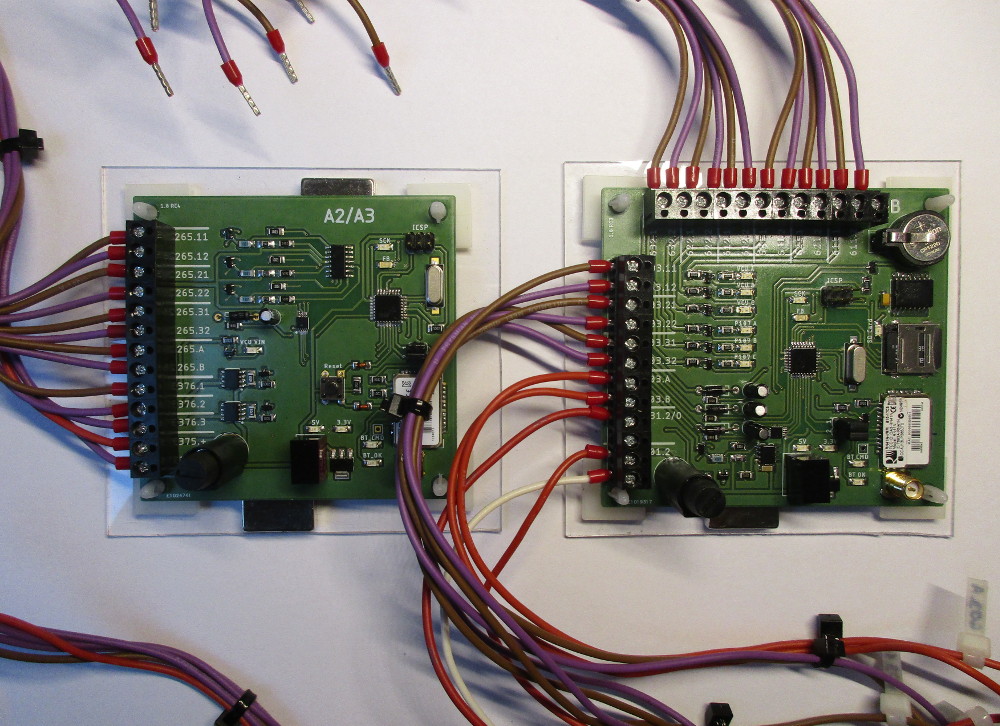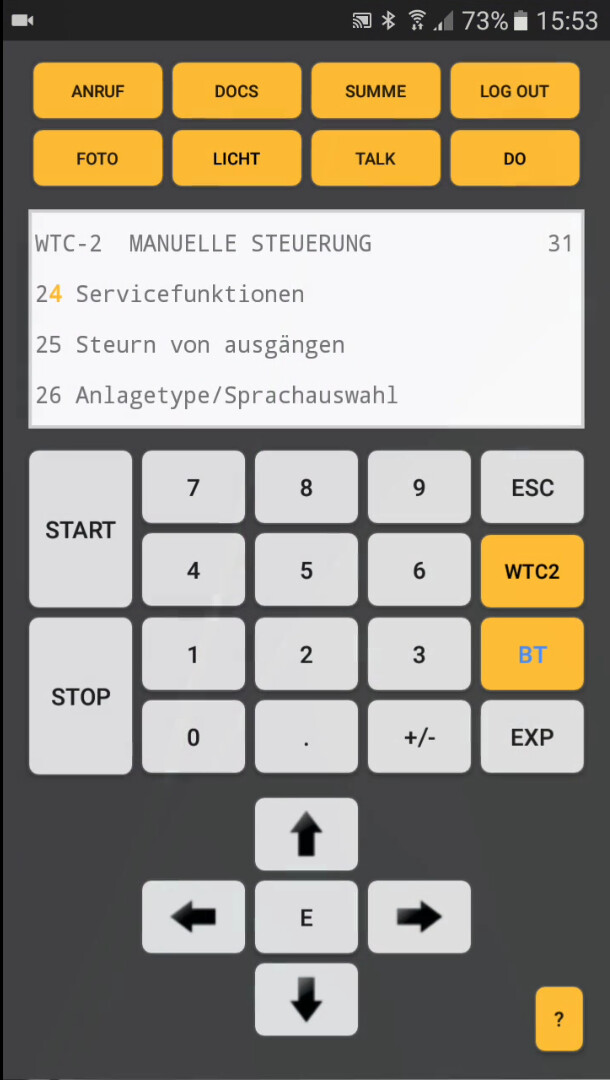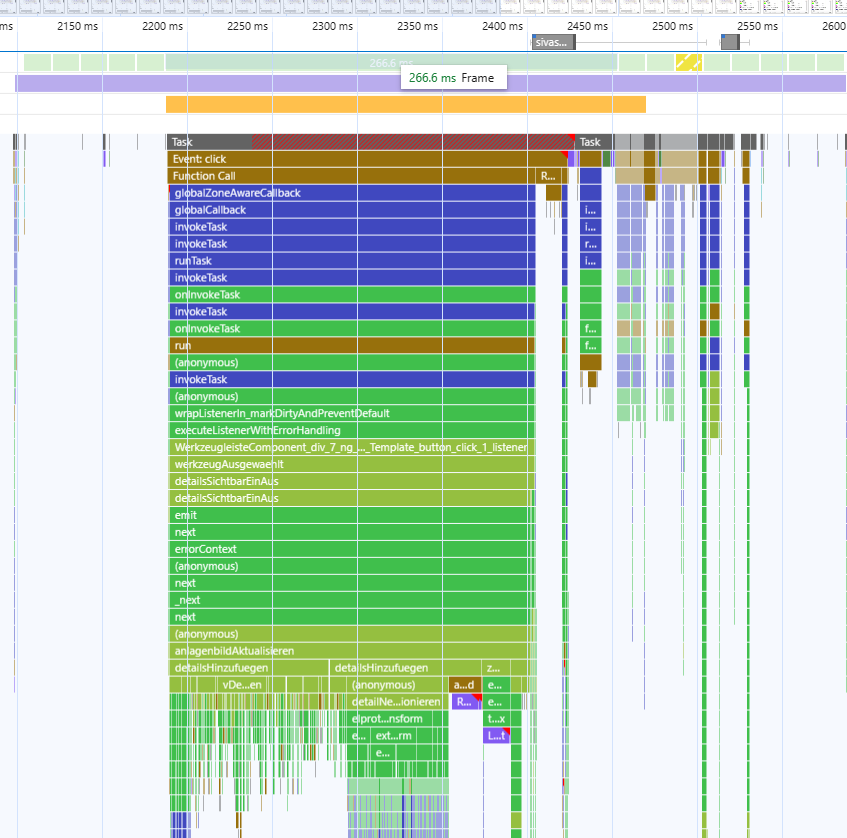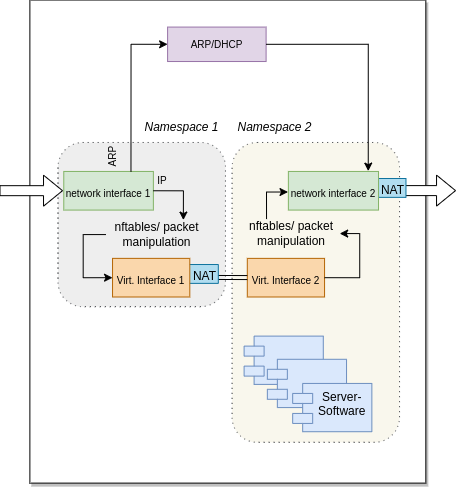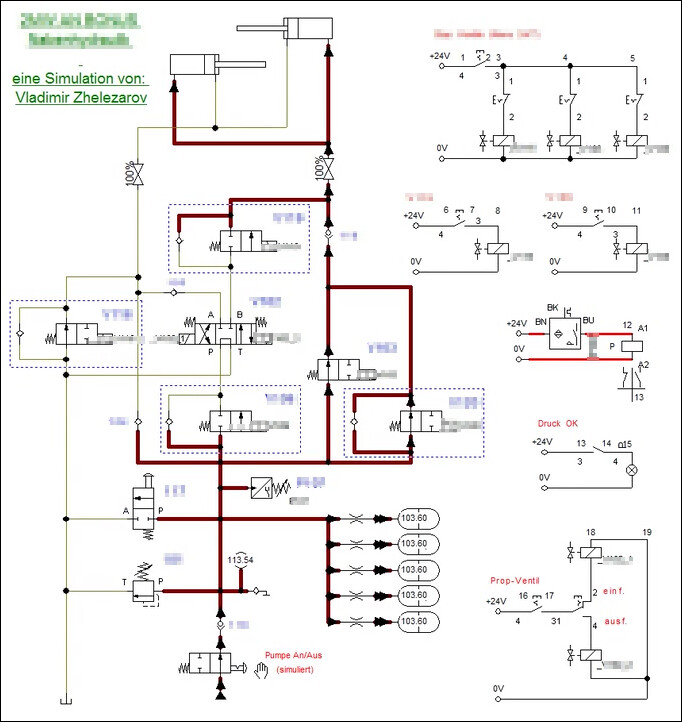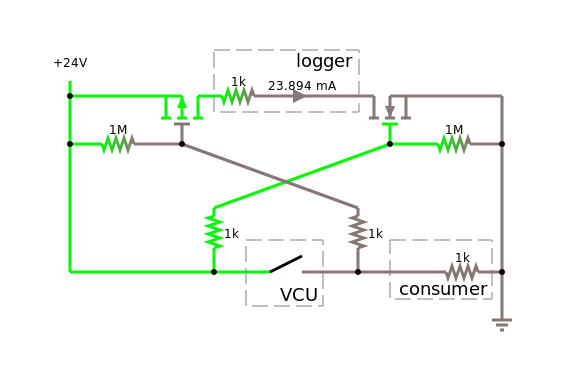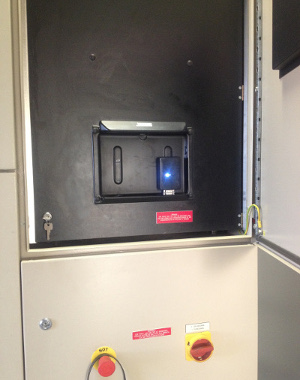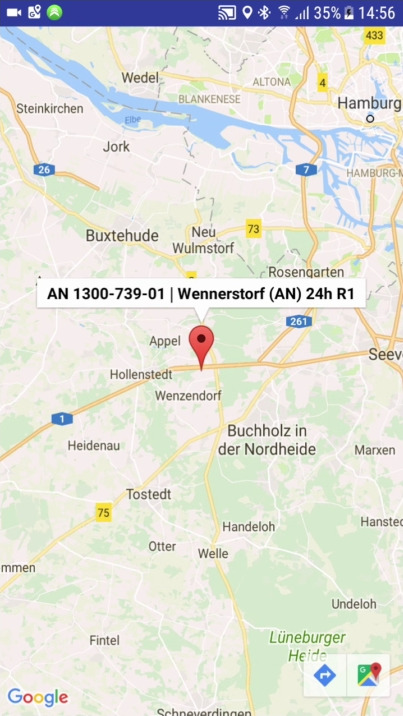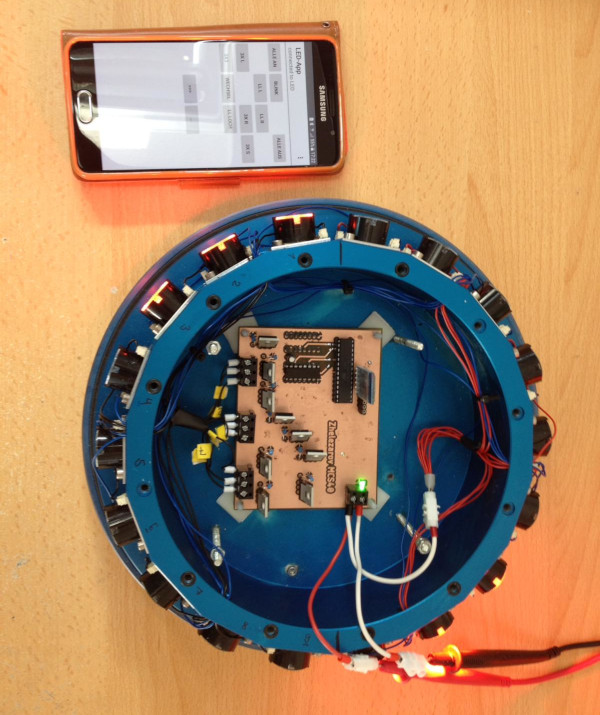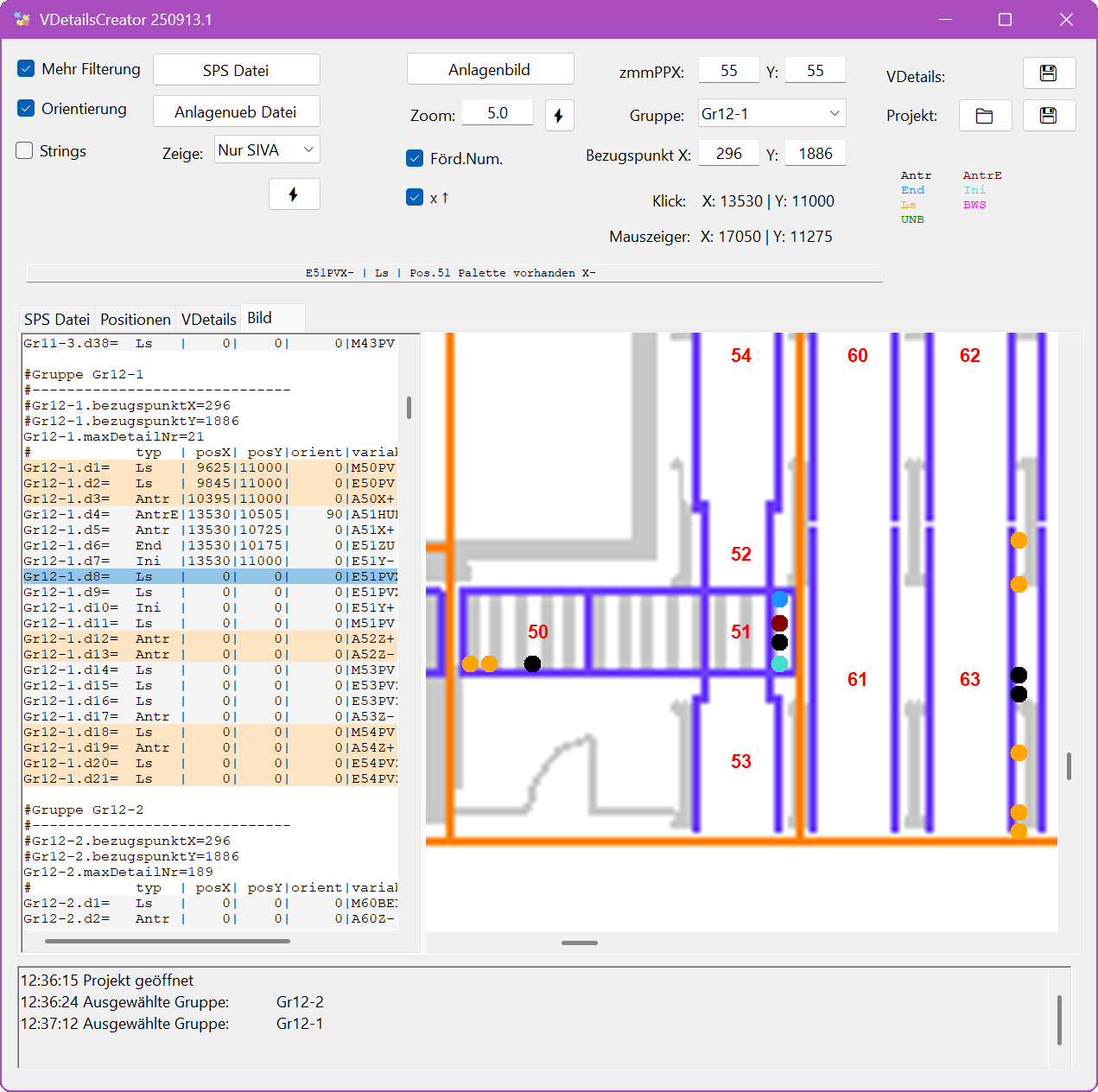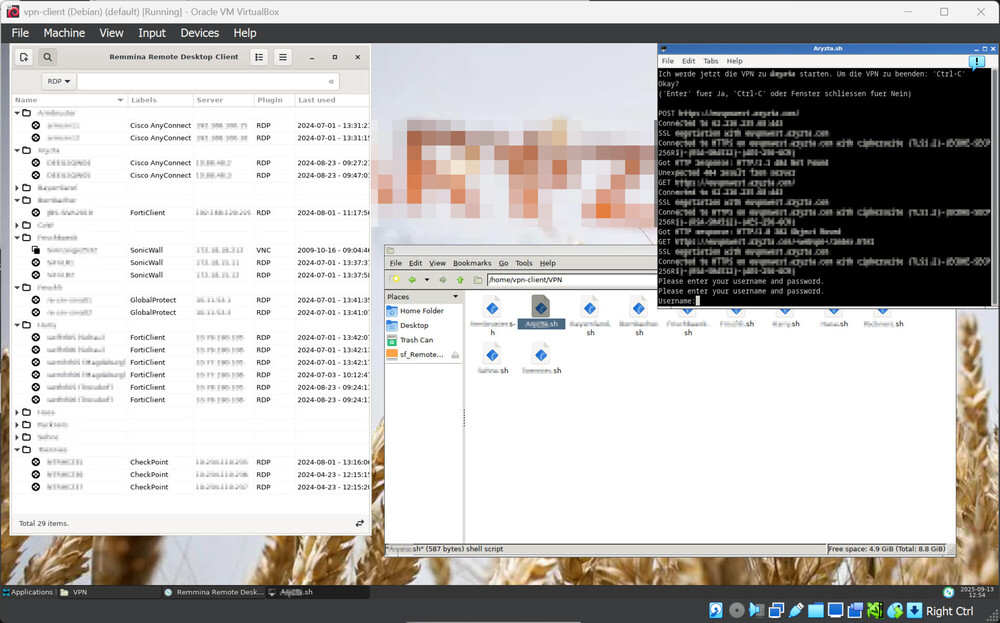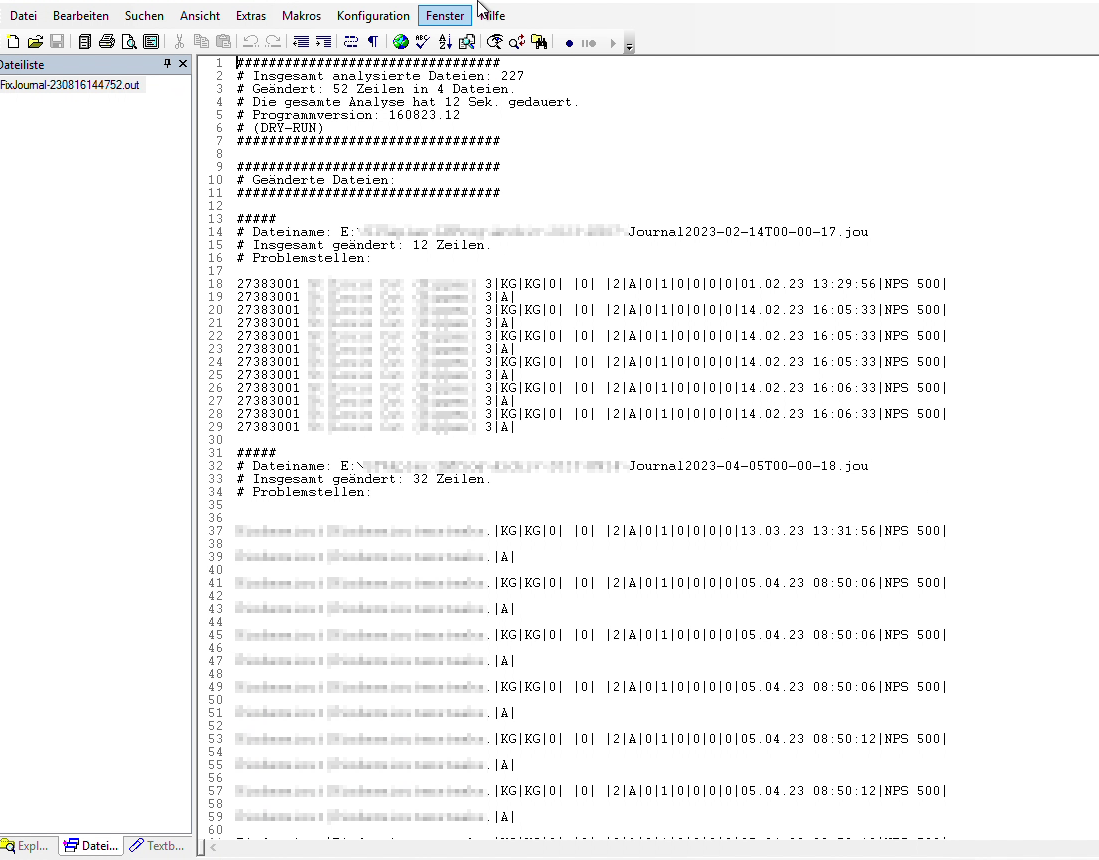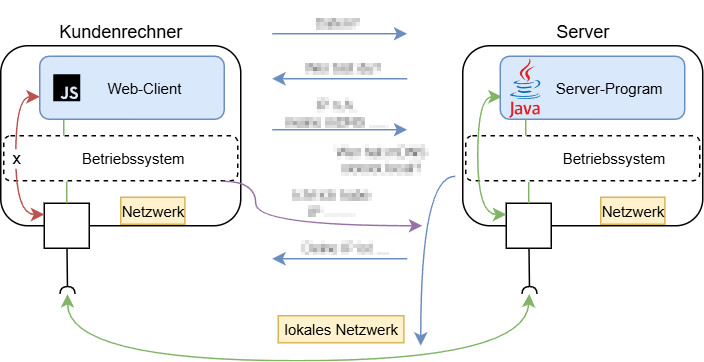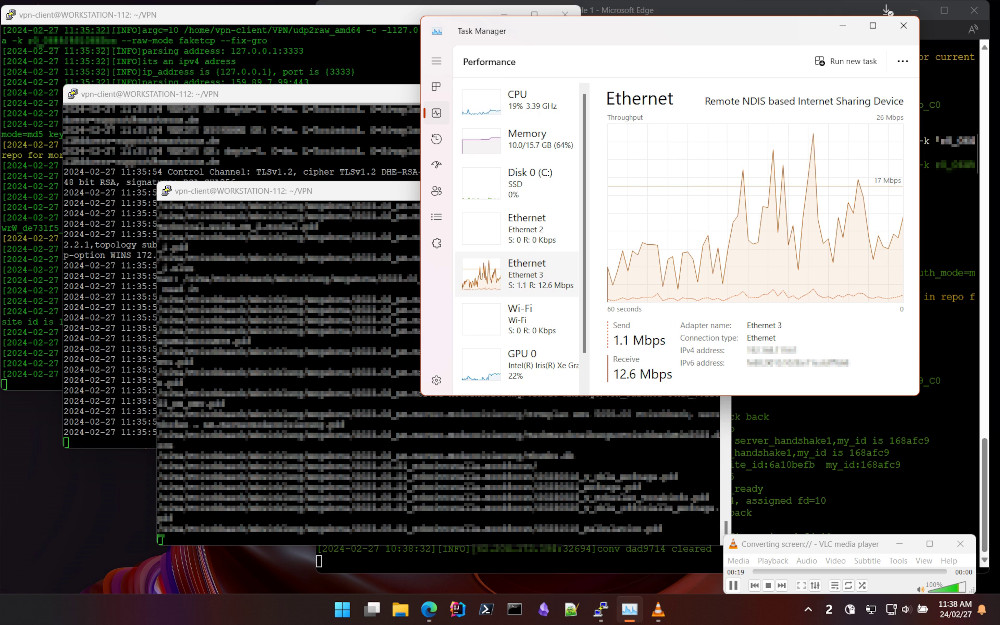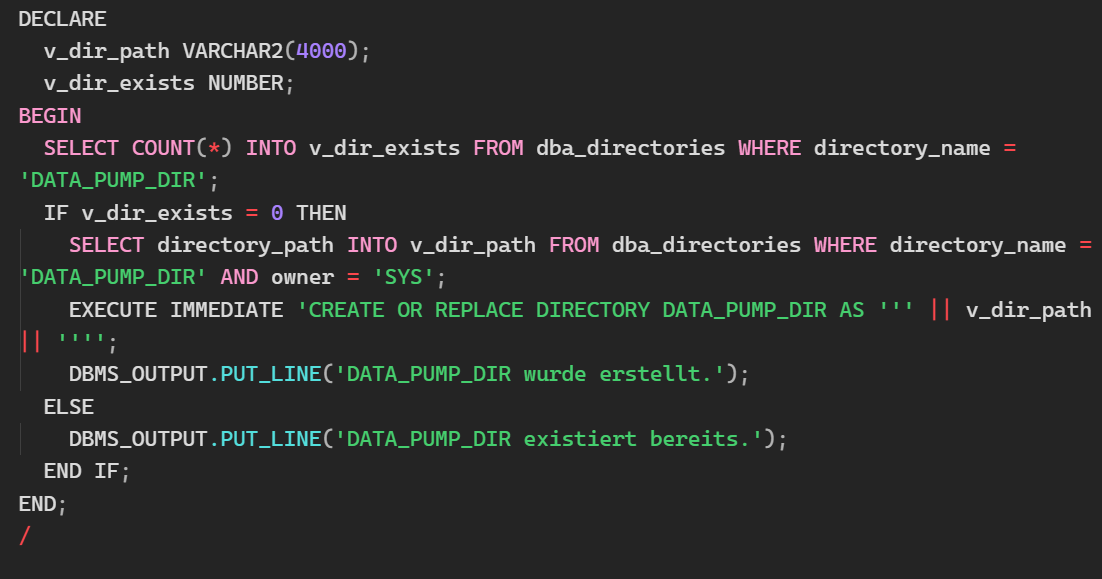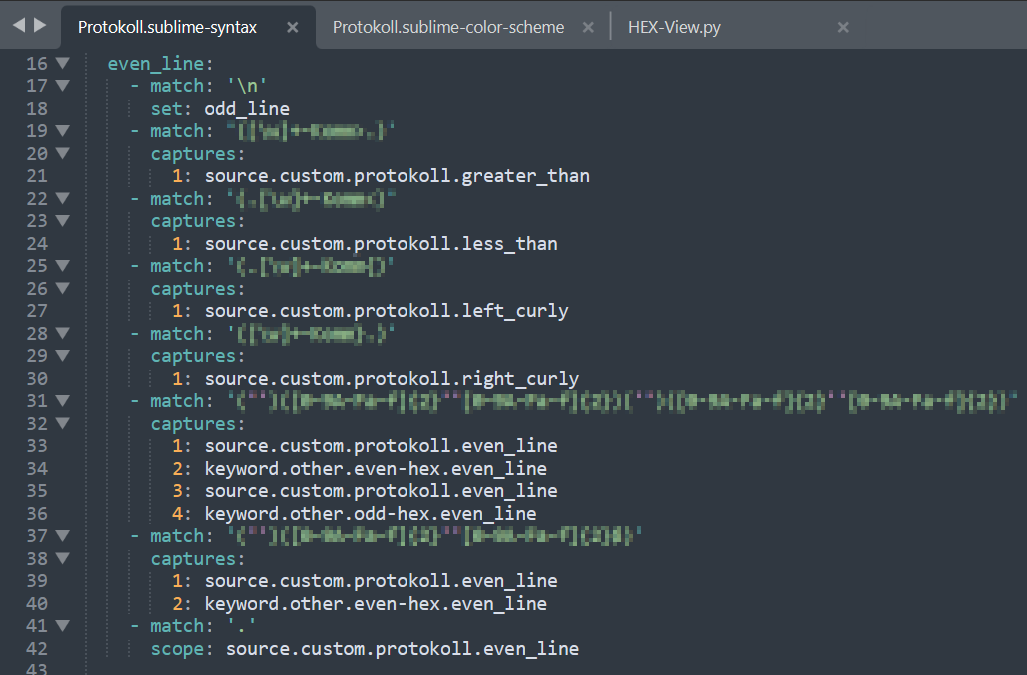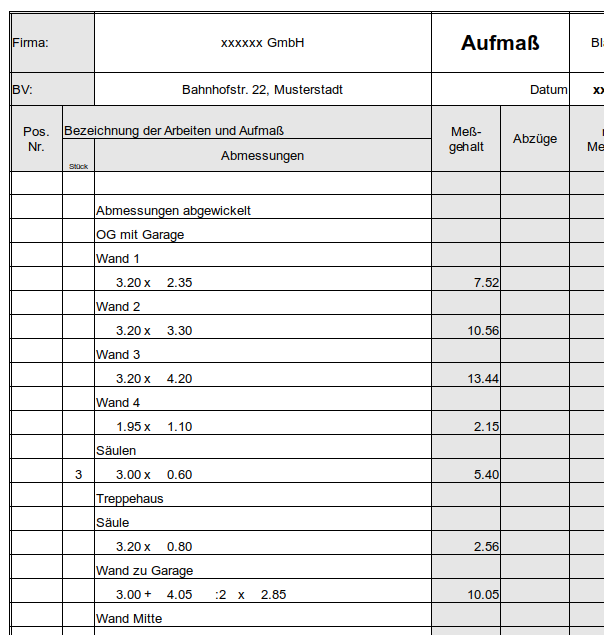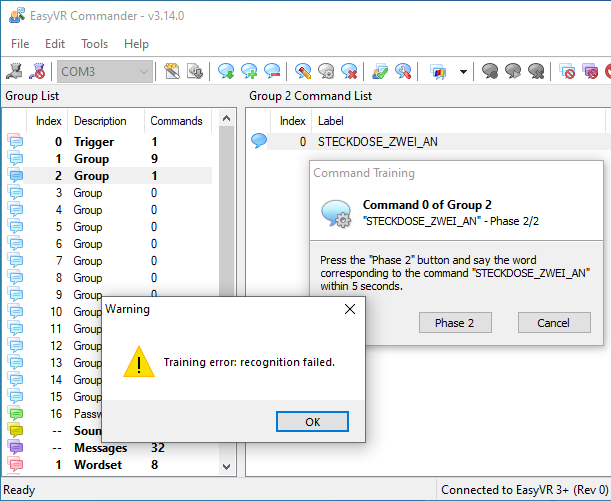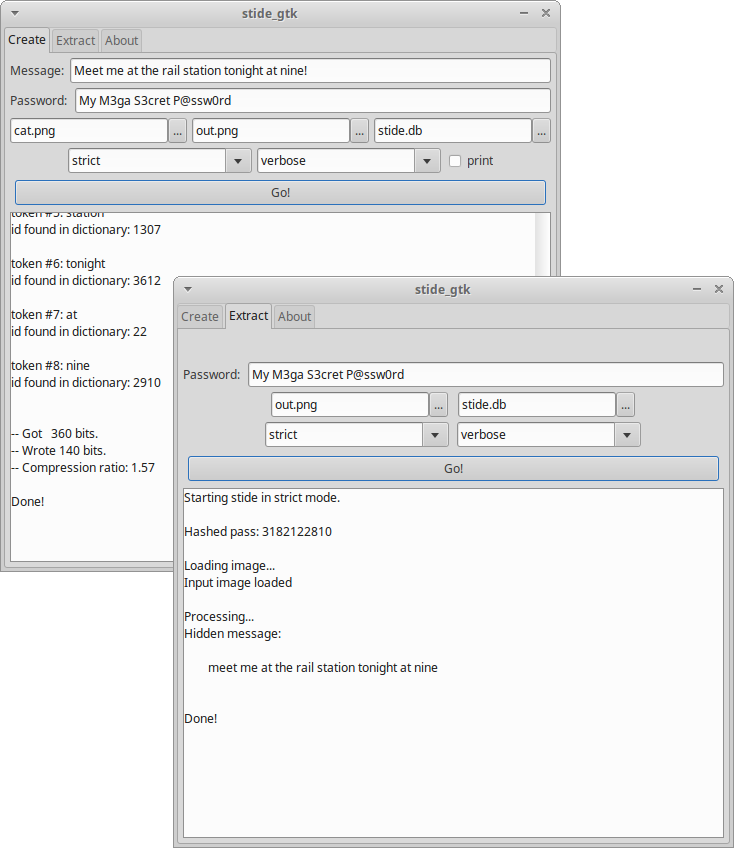- About me -

Vladimir Zhelezarov
Software Engineer for Industrial Applications
I develop software solutions for hardware challenges. With 9 years of industry experience and a deep understanding of both worlds, I create systems that work in practice and deliver measurable value.
✅ Field-tested: 7 years as a service technician for wind turbines & B.Eng. completed while working.
✅ Results-oriented: with achievements such as 95% cost reduction and performance improvement from 10s to <100ms.
Below you will find some of my most interesting projects. Feel free to ask me for additional examples, more detailed information or my exceptional recommendations (Arbeitszeugnisse).
- Projects -
Highlight Projects: Hardware-Software Integrations
- highlights -
Smart Signal Management for Wind Turbines
Hardware Problem → Software Solution: Eliminating Failure-Prone Slip Rings with an Intelligent Analog-to-Digital Bridge
Own initiative at Deutsche Windtechnik (2015–2021)
- Problem: Mechanical slip rings for signal transmission in wind turbines were extremely prone to failure, caused high repair costs, and made fault diagnosis tedious and inaccurate.
- Solution: Development of a bidirectional analog-to-digital bridge. The circuits with a microcontroller digitize all analog signals, transmit them reliably via Bluetooth, and restore them on the other side.
- Features: Continuous real-time monitoring and logging of all signals to an SD card for rapid fault diagnosis and preventive maintenance.
- Result: Drastic reduction in repair costs and turbine downtime. Troubleshooting time was reduced from hours to minutes, and system reliability was significantly increased.
"This project is a prime example of my core competency: solving hardware problems with intelligent software."
Sources, Schematics and a video in action:
Tags: Hardware-Software Bridge, Embedded Systems, C, Microcontroller, Bluetooth, Wind Power
- highlights -
Smartphone Control for Siemens Wind Turbines
95% Cost Reduction by Replacing Expensive Industrial Panels with a Mobile App Solution
Own initiative at Deutsche Windtechnik (2015–2021)
- Problem: Original control panels for wind turbines were expensive, cable-bound, impractical, and offered only limited functionality.
- Solution: Complete redevelopment of a mobile solution consisting of an Android app, a secure serial-to-Bluetooth interface with an ATMEGA microcontroller, and a custom, encrypted communication protocol.
- Features: Not only all original functions but also extended features like macros, photo documentation, notes, and direct access to circuit diagrams.
- Result: The cost per unit dropped by 95%. The solution was preferred by all colleagues and significantly increased work efficiency.
"The colleagues never wanted to use the old panel again."
Visit GitHub for the source code or see the app in action on a 2MW turbine:
Tags: Mobile Development, Android, Java, C, Hardware Integration, IoT, Wind Power
- highlights -
Web Client Performance Optimization
Dramatic Performance Boost: From 10 Seconds to Immeasurable Response Times
Own initiative at SIVAplan (2023–2024)
- Problem: Some functions of the web client for visualizing high-bay warehouses had unacceptable loading times (up to 10 seconds depending on hardware) and suffered from browser freezes and memory leaks when rendering thousands of moving objects.
- Solution: Systematic browser engine optimization by separating data and visualization, intelligent object reuse, and replacing thousands of event listeners with an efficient event delegation architecture.
- Features: A new, fully rewritten memory management; dynamic adaptation to local hardware conditions; active use of browser scheduling mechanisms; minimization of reflows.
- Result: Loading times for the rewritten functions were often reduced to an immeasurable value. Stability was restored, leading to high customer satisfaction and successful implementation with a major client.
"No one wants to believe it until they've seen it with their own eyes."
Tags: Web Performance, JavaScript, TypeScript, DOM Optimization, Software Architecture, UI
- highlights -
Network Participation Without Its Own IP Address (Bachelor's Thesis)
Innovative Zero-Configuration Network Device for Plug-and-Play Use in Any Network
Bachelor's thesis with a self-chosen topic (Grade 1.3), AKAD University, 2022
- Problem: Adding network devices like filters or servers requires manual configuration, IP address assignment, and knowledge of the network topology.
- Solution: Development of an innovative network architecture. The device starts in transparent bridge mode, passively analyzes network traffic, and fully auto-configures itself to "borrow" another device's IP address—without affecting the original device in any way.
- Features: After self-configuration, the device can act as a full network participant, offering services like DNS filters (Pi-Hole), firewalls, or web servers without being visible on the network.
- Result: A true "Zero-Configuration" approach that radically simplifies the integration of network services and enables versatile application scenarios from IT security to home automation.
"Yes, it IS possible."
The documentation and code for this project are available on GitHub:
Tags: Network Architecture, Linux, Bash, Security, System Design
Wind Turbines
- wind turbines -
Real-Time Simulation of Hub Hydraulics
Reverse Engineering a Complex Hydraulic System as an Interactive Training Tool
Own initiative for a better and deeper understanding of how the entire system works
- Problem: The complex interaction of the hub hydraulics of a Siemens/BONUS 2MW turbine can be complicated. Fault simulations on a real turbine are often impractical or even dangerous.
- Solution: I analyzed the entire system via reverse engineering and rebuilt it as an interactive real-time simulation (Digital Twin). All electrical and mechanical components and their dependencies were taken into account.
- Result: An invaluable training tool that promotes a deep system understanding and allows technicians to simulate and understand complex fault scenarios without risk.
The component names in the video are obscured for data protection reasons.
See a demonstration of the simulation on YouTube:
Tags: Digital Twin, Simulation, Reverse Engineering, Hydraulics, Wind Power
- wind turbines -
VCU Fault Memory for Intermittent Errors
Low-Tech, High-Impact: A Simple Circuit to Diagnose "Phantom Faults" in Wind Turbines
Own initiative to accelerate troubleshooting of VCU* faults
- Problem: Intermittent cable breaks in the VCU safety chain cause sporadic turbine shutdowns but are often no longer reproducible during subsequent checks. Troubleshooting can thus take hours or sometimes even days.
- Solution: Development of an extremely simple, high-impedance "fault memory" circuit. Latching relays are triggered by the voltage drop during an interruption and mechanically "remember" which part of the chain failed—even if the fault only occurred for milliseconds.
- Result: A low-cost tool that drastically reduces the diagnosis time for one of the most frustrating types of faults. A perfect example of solving a problem with the simplest, yet most effective means.
*Vinge Centrifugal Unit (Centrifugal trip in the hub)
See the circuit in a live simulation on Falstad (click the switches to trigger faults):
Tags: Wind Power, Fault Diagnosis, Electronics, Simulation
- wind turbines -
Programmable Serial-to-Bluetooth Interface
Development of a Robust, Programmable RS485 Interface for Industrial Use
Open-source hardware project, originally developed as part of my smartphone control system.
- Problem: For my mobile control projects, a reliable, customizable hardware interface for communication with the plant equipment (RS485) was required.
- Solution: Design and construction of a standalone, programmable interface based on an ATMEGA microcontroller. The board was designed with industrial-grade components for maximum reliability, a small form factor, and additional features (battery, charging circuit, magnet).
- Result: A versatile open-source hardware that goes far beyond its original purpose and demonstrates my expertise in electronics design and microcontroller programming.
The schematics, board layout, and code are fully available on GitHub.
Tags: Hardware Design, Electronics, Microcontrollers, C, IoT, Wind Power
- wind turbines -
Where is my turbine? A Navigation App for Service Technicians
Ending Hours of Searching: Precise Navigation to Wind Turbines via App
A personal initiative during my time as a service technician
- Problem: The official addresses of wind turbines often deviate by kilometers from their actual location. The manual search in the field cost valuable work time and led to frustration.
- Solution: Development of a simple but effective Android app. The app contains a searchable database with the exact GPS coordinates of all relevant turbines and can hand them over to Google Maps for navigation at the push of a button.
- Result: The time spent searching for a turbine was reduced from hours to just a few minutes. The app became an indispensable tool for colleagues and significantly increased the efficiency of deployment planning and travel.
"Finally, no more wandering around in the middle of nowhere."
Visit GitHub for the source code or see the app on YouTube
Tags: Android, Java, Navigation, Wind Power, Efficiency Improvement
- wind turbines -
Revival of an Aviation Obstruction Light for Wind Turbines
Chaser Light++: Reviving Defective Hardware with a New Controller and App
Project with a self-chosen topic during my studies
- Problem: An old, defective aviation obstruction light from a wind turbine was to be made usable again.
- Solution: Complete redevelopment of the control board based on an ATMEGA328 microcontroller and high-power LED drivers. Development of an Android app to control various light effects via Bluetooth.
- Result: A fully functional, app-controlled high-power chaser light that demonstrates my ability to analyze, replace, and enhance hardware with modern software control.
The source code and diagrams are on GitHub. The video is on YouTube:
Tags: Hardware Revival, Embedded Systems, Android, Java, C++
Industrial Automation & Process Optimization
- automation -
Tool for Automated Positioning of Visual Objects
Automating a Manual Process: From Microsoft Paint to a C# App
Own initiative at SIVAplan (2023–2024)
- Problem: The positioning of system details (sensors, drives) was a time-consuming, manual, and error-prone process that required manual calculations and a lot of manual labor.
- Solution: Development of a specialized C# GUI application that parses configuration files (RegEx), groups objects by color, and automatically converts coordinates according to a scale.
- Result: A massive time and cost saving during commissioning. The intuitive user interface with features like grid, auto-alignment, and statistics completely eliminated manual sources of error.
Tags: Process Automation, C#, Desktop Development, UI, Regex
- automation -
Efficient Remote Maintenance via a Virtualized VPN Solution
Eliminating Support Bottlenecks with a Scalable, Local VM Solution
Own initiative at SIVAplan (2023–2024)
- Problem: A multitude of customer VPNs led to incompatibilities and bottlenecks, as colleagues interfered with each other when using central VMs, and simultaneous access to multiple customer systems was impossible.
- Solution: Conception and implementation of a local, lean Linux VM for each developer. This VM locally manages all VPN clients and configurations and is controlled via a user-friendly interface.
- Result: Elimination of the support bottleneck. Each developer could now access multiple customer systems in parallel and without restriction. The solution was easily maintainable through VM snapshots and incurred no software costs due to the use of open-source software.
Tags: DevOps, Virtualization, Networking, VPN, Linux, PowerShell
- automation -
Data Recovery & Cleanup: From 1 Day to 200 Seconds
Automated Repair of Corrupt Text Databases Using C++
Own initiative at SIVAplan (2023–2024)
- Problem: Unvalidated user inputs (e.g., line breaks) led to corrupt data files that could no longer be manually cleaned up in a realistic timeframe due to the sheer volume of data.
- Solution: Development of a high-performance C++ program that automatically parses the files, detects structural errors, and repairs the data records. In parallel, an input validation was implemented to prevent future occurrences.
- Result: The cleanup time per large dataset dropped from approx. 1 day of manual work to approx. 200 seconds. Data integrity was restored, and future errors were prevented.
Tags: Data Recovery, C++, Performance, Algorithms
- automation -
Secure Retrieval of the Local IP Address in the Browser
Innovative Workaround for IP Address Retrieval While Adhering to Modern Browser Security Standards
Own initiative at SIVAplan (2023–2024)
- Problem: The client's local IP address was required for the automatic detection of workstations. Modern browsers strictly prohibit this access for security reasons.
- Solution: Development of a clever, indirect method: The browser generates a temporary mDNS address and communicates it to the server. The server sends a request on OSI Layer 2 into the local network. Only the correct client responds, allowing the server to identify the client and inform the browser of its own IP.
- Result: An important functionality was enabled without compromising browser security. This demonstrates my ability to find creative solutions for technical dead ends.
"Where standard paths are blocked, I build a secure bridge."
Tags: System Architecture, Network Protocols, JavaScript, Java, Security
- automation -
Plug-and-Play VPN Tunnel for Restrictive Networks
Bypassing Firewalls to Ensure Remote Work Capability in the Field
Own initiative at SIVAplan (2023–2024)
- Problem: In the field (construction sites, hotels), restrictive firewalls often block access to company or customer VPNs, which severely hinders work.
- Solution: Setting up a private, end-to-end encrypted VPN tunnel via a low-cost virtual private server (VPS). All VPN traffic is routed through this tunnel, so the intermediary has no access to the data, and the firewall is bypassed.
- Result: A robust plug-and-play solution that provides technicians with reliable and secure network access from anywhere. A practical example of how I technically solve real-world problems from field service.
Tags: Network Security, VPN, Linux, Firewall, Problem Solving
- automation -
Local Oracle DB for Realistic Development Testing
Building a Test Environment to Increase Software Quality with Realistic Data
Own initiative at SIVAplan (2023–2024)
- Problem: Database-related changes could not be tested safely because meaningful test data was lacking, and testing on production systems was unthinkable.
- Solution: Installation of a local Oracle XE database on developer machines. Each customer received their own schema. I developed automation scripts to easily import real data copies (imports) of different versions and character sets.
- Result: Developers could now work with realistic but isolated datasets. This significantly increased test coverage and code quality and reduced the risk of errors in the production environment.
"Good code needs good tests. Good tests need good data."
Tags: Quality Assurance, Databases, Oracle, SQL, Automation
Software Engineering & Tools
- SWE & tools -
Developer Tools for Efficiency & Quality
Automation of Routine Tasks to Increase Code Quality and Analysis Speed
Own initiative at SIVAplan (2023–2024)
- Example: Two recurring manual tasks slowed down development: 1. The tedious formatting and numbering of Java properties files. 2. The hard-to-read analysis of HEX-formatted log files.
- Solution: Development of two custom tools: A Python plugin for the editor that parses, re-numbers, and formats properties files at the push of a button. And syntax definitions and a tooltip plugin for SublimeText that colorizes log files and converts HEX values to decimal on-the-fly.
- Result: Drastic reduction of manual effort and susceptibility to errors. The readability of configuration and log files was massively improved, which directly led to faster development and debugging.
"Good developers don't just write code, they also improve the tools they work with."
Tags: Developer Efficiency, Automation, Python, Regex, Syntax Definition
- SWE & tools -
"Self-Filling" Measurement Form
Digitizing an Analog Process: From Paper Chaos to Automated Calculation
Own initiative at PSS Interservice (2012–2014)
- Problem: Creating measurements on construction sites was a manual, error-prone process with paper, pen, and calculator, which took too much time from the site to the invoice.
- Solution: Development of an "intelligent" Excel form. The employee now only enters simple measurements as a CSV on their smartphone. With a copy & paste in the office, the form automatically recognizes the shape (rectangle, circle...), applies the correct formula, and fills in all fields.
- Result: A massive time saving for the entire company. The process was digitized, sources of error were eliminated, and efficiency was increased from the construction site to invoicing.
"My first step from pure manual labor to process automation."
The Excel template is available on GitHub.
Tags: Process Automation, VBA, Excel, Problem Solving
- SWE & tools -
Privacy-Friendly Hybrid Speech Recognition
Hybrid Architecture for Voice Control: The Best of Both On- and Offline Worlds
Project work with a self-chosen topic as part of my studies
- Problem: Online voice services (like Alexa) are powerful but questionable from a privacy perspective ("always-on"). Purely offline solutions are secure but very limited.
- Solution: Development of a hybrid system. Local offline speech recognition hardware (EasyVR) listens for a wake word and controls simple, private tasks (e.g., "turn on the light"). Only for complex queries ("What's the weather?") is the online recognition (Alexa SDK) specifically activated.
- Result: A privacy-friendly concept that preserves privacy by keeping the microphone offline most of the time, but uses the full power of the cloud when needed.
Source code, documentation, and a presentation video for this system:
Tags: System Architecture, IoT, Speech Recognition, C++, Python, Privacy
- SWE & tools -
Stide - Steganography Tool
A Steganography Tool with Compression, Encryption, and Inconspicuous Hiding Techniques
Personal project to deepen my knowledge of algorithms, encryption, and low-level data manipulation in C.
- Combines steganography (hiding data in images) with AES encryption to make detection and decryption extremely difficult.
- Implements techniques such as random distribution of embedded data within the host image to complicate statistical analysis.
- Under certain conditions (unique image, single use), the security approaches that of a one-time pad.
- Includes an easy-to-use GUI for Linux and Windows.
Tags: IT Security, C, Steganography, Encryption, Algorithms
- Contact -
Need robust software for a demanding industrial environment?I develop solutions that work in practice.
Let's talk.
©Vladimir Zhelezarov
Bergisch Gladbach, 15.11.2025
